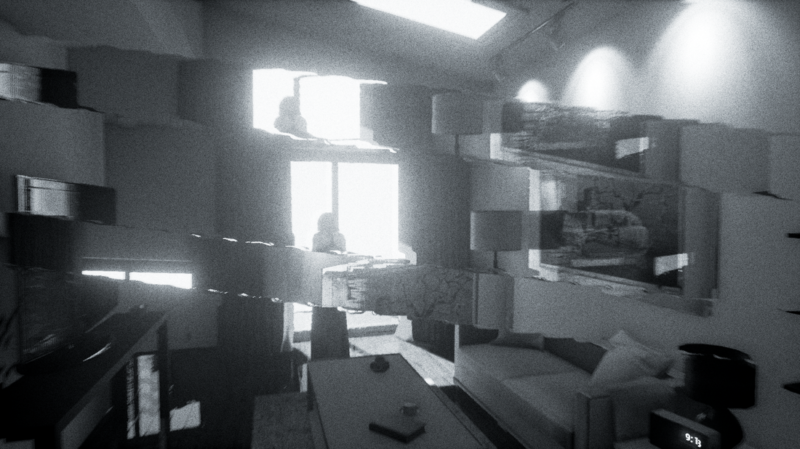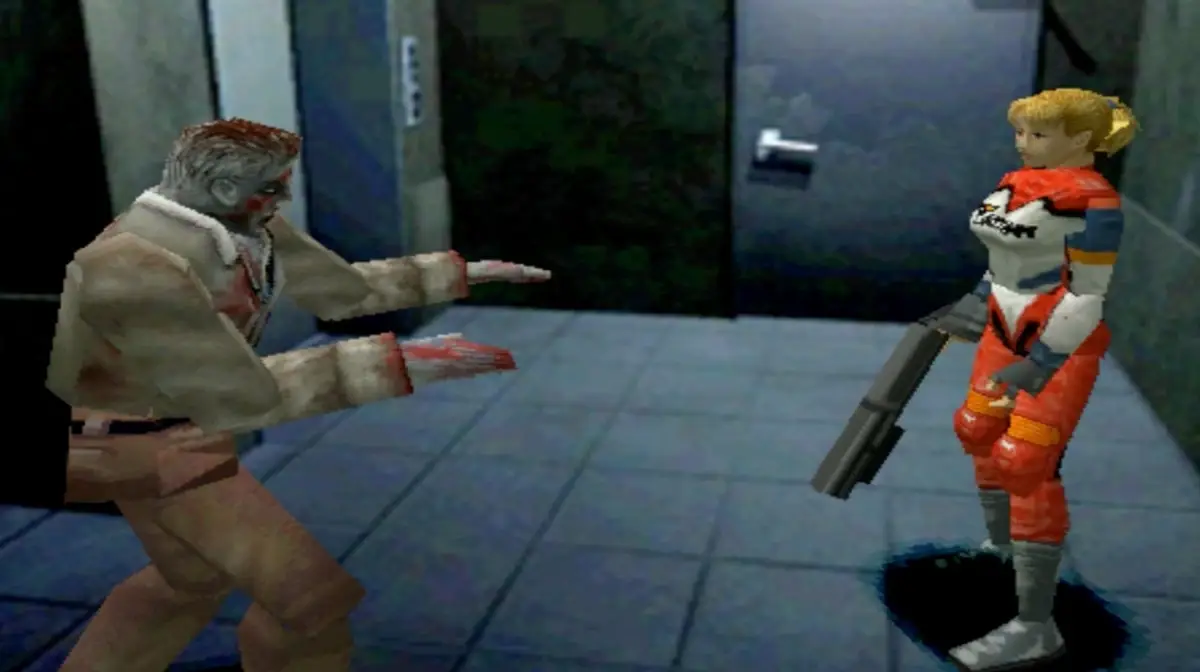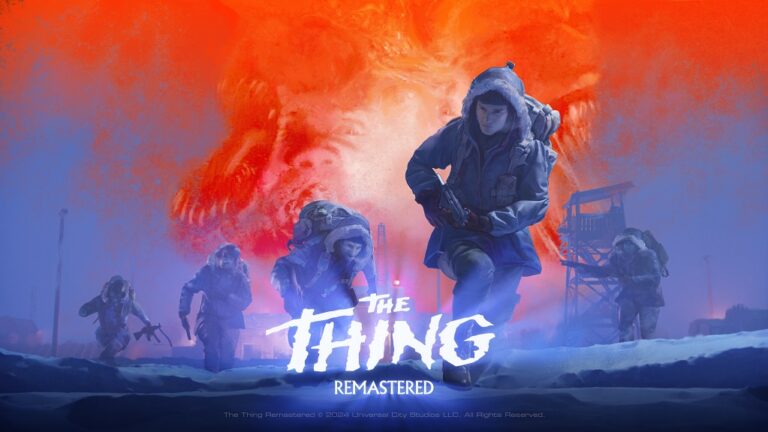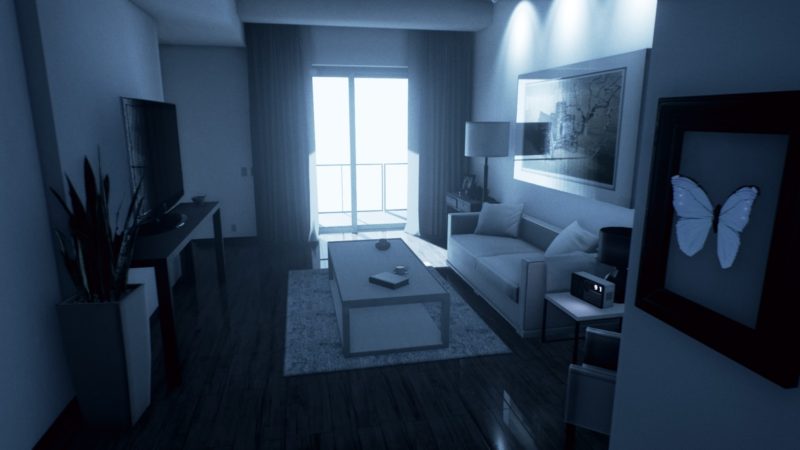
It has been nearly half a year since fledgling indie team NiLo Studios launched their breakout title Asemblance. The game blended intense puzzle solving with a deep storyline and beautiful graphics, and quickly built a dedicated fanbase of players working together to solve its riddles and move forward. The hard work of the community paid off as different players filmed themselves reaching the next level or ending, and people around the world celebrated each new accomplishment. It would seem we’ve now discovered all of the secrets of Asemblance, but are left with more questions than answers. Developers Eric Raab, Niles Sankey, and Adam Burdof NiLo were kind enough to let us pick their brains and tie up some of those loose ends.
Check out the full interview below.
Q: The top side of the butterfly in Asemblance looks exactly like a real butterfly known as the Blue Morpho. This butterfly is exceptional, because it is not actually blue. The scales on the tops of the wings diffract light, distorting all but the blue light waves. The blue light is reflected and magnified, creating an intense, metallic blue appearance.
The choice of butterfly seems really central to the game. It acts as an analogy, and for insect-savvy fans, it is an early clue that things are not as they seem. At what point in writing did the butterfly come into play? Was it an inspiration, or did it start to fit into the story later in production?
For starters we wanted to add some life to the memories. Butterflies have a lot of meaning in many different cultures. They’re really interesting in that regard. It’s fun to read and research the different cultural interpretations. In addition, as you stated, the wings contain almost magical properties. They diffract light, sometime referred to as “constructive interference”. That played really nice with the fictional science of the memory chamber; the way light can be manipulated to create an illusion of reality. For these reasons, it was a great hinge for the story of illusion and implied meaning.
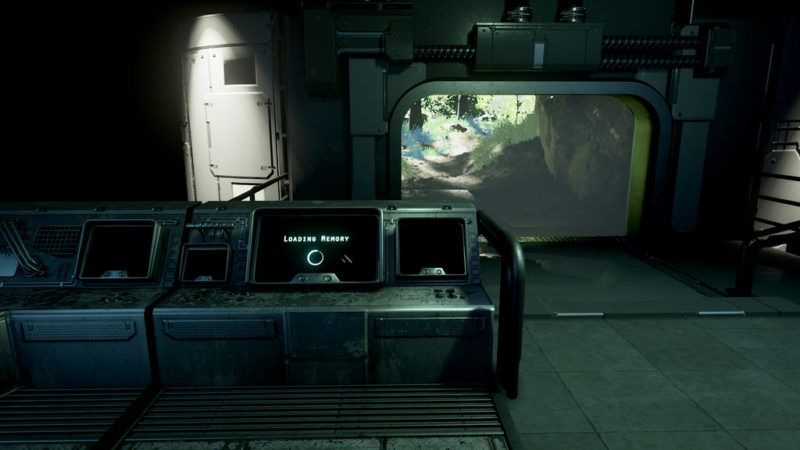
Q: We see a note in the office to watch Morgan, who is in the blue hat. We see the hat near the butterfly in the apartment, and we see the hat in the office by the door.
Should we take this as a sign that the butterfly and hat are extensions of one another and both represent Morgan? If so, it fits that the main character’s driving force is his love for his wife, which is his only remaining memory. Does the morpho represent his subconscious understanding that what he sees is a distortion of reality?
Yeah, this relates back to the previous question. One of our goals was to make sure the content we put in the game offered many interpretations of the “truths” surrounding the events in play. We wanted players to ask themselves questions like, “who are we?”; “why did we enter the machine?”; “what is the design of this AI? Should I trust it?” We hoped players would engage the content with these questions in mind and with each other to draw and compare their own conclusions. While we had an ultimate “truth” in mind as we developed the game, we thought it was best to allow players to test their theories and not exactly offer a definitive sense of right and wrong. While we realize this is something that can be polarizing to those looking for a traditional story and ultimate answers, it has been quite rewarding to watch all the interpretations. And there are still aspects we conceived as true that we have yet to hear come from the players.
Q: The whiteshift achievement is intense. It was so well hidden that it took hundreds of players working together for days on end to get it, and even that was by trial and error. When you set out to make Asemblance, did you have a goal of making the players reach out and work together? Is there a greater meaning that we should take from being stuck behind a machine, and having to interact with one another to beat it?
Well, to the first question, definitely. We were very inspired by watching P.T., and how so many people gathered online to figure out how to beat it. This is an aspect of entertainment that is completely unique to games, and we wanted to experiment with what P.T. did—to build an experience-based game that kept asking players to go deeper, to search for more answers, but also got them asking more questions. Everything about Asemblance was an experiment for us, and we were somewhat conscious of the parallels between what we hoped to accomplish in the experience and the “meta-analysis” you asked about with the second question, but we were more driven to offer the opportunity for players to engage one another.
Q: The escape ending leaves a lot of room for personal interpretation. The game seems to revolve around the main character trying to reach his wife, but there is a lot of confusing material in the virtual instances that is never cleared up in the game. We see a lot of obfuscation involving obituaries and letters about closing the lab, memorials, and resignations. Is Asemblance episodic? Are there clues to the story that the community has not pieced together yet?
Well, everything that’s in there is deliberate and offers a possible path for truth and interpretation. Asemblance is designed to be an anthology-based series, like Twilight Zone or Black Mirror, but one that will circle back on itself from time to time, like the early X-Files episodes would do. There are definitely clues in Episode 1 that will payoff in Episode 2, but it will be a wholly unique experience that is only enhanced by playing the first, and not dependent on it. Overall the goal for Asemblance is to engage players in experiences that make use of cool speculative fiction scenarios, and asks big questions about the world and where we seem to be going as an “intelligent” species.
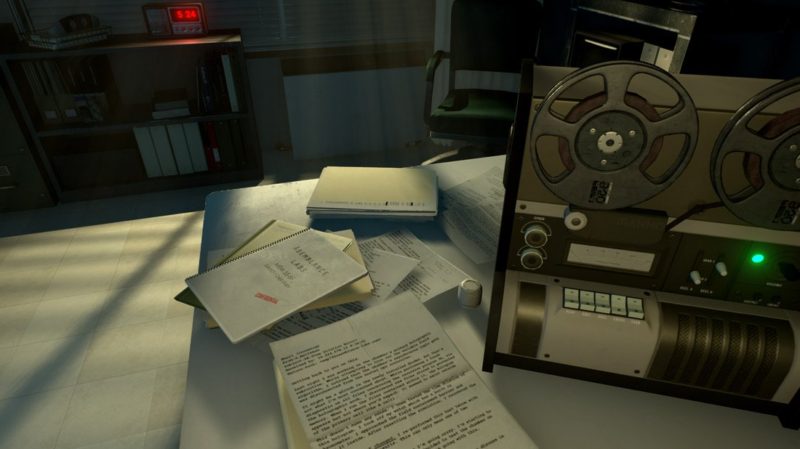
Q: In the office, there is a note about patients who experienced an anomaly in the holograph. All saw an illuminated rectangle against a purple orb, and were subsequently very upset. In the distorted memory instance, we see an illuminated doorway against a yellow eclipse. Yellow and purple are directly opposing colors. Was that intentional to let players know they needed to turn around?
The truth is where you find it.
Q: How did having a small team and limited budget shape the game? Was there anything that had to be cut, or was the scope known from the beginning?
The scope was known from the beginning. Coming off big AAA games like Halo and Destiny, we wanted to experiment with the Unreal engine and see how much experiential content we could get from a minimum amount of assets. In the end there was so much more we knew we could do, but we played through it a bunch and were happy with it, so we let it out to see who would play it and have been learning ever since.
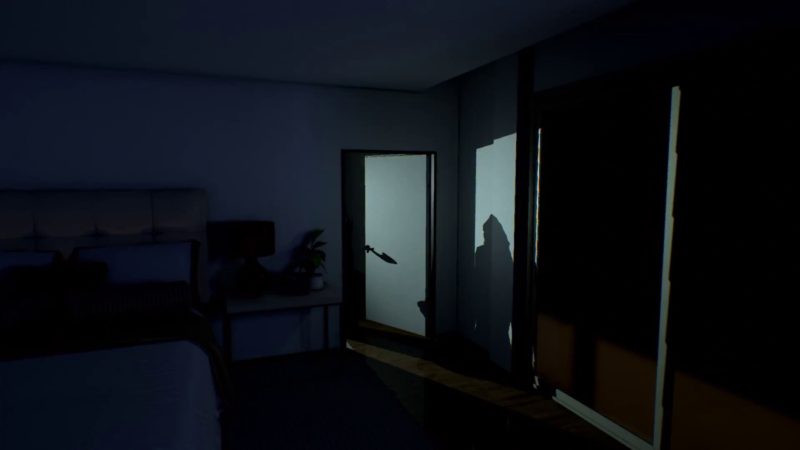
Q: A lot of people were really surprised by the closet scene. What went into the decision to very suddenly ramp up suspense at that point, instead of continuing the slow build?
The goal of each Asemblance episode is to deliver an independent story that can be experienced in an hour or two. So it seems natural to put a moment of suspense at this point. It’s when you face the fears from a memory and realize where it leads, which in this case, is essentially deeper into psychosis. The entire story of Asemblance can essentially be viewed as a fictionalized analysis of psychosis.
Q: Did your team follow the forums closely while players were working on the endings? Were there ways in which the player community surprised you?
Definitely. We had no assurance that anyone would play it the way we intended it to be played, so we were constantly combing the forums day one to see who was “getting” it. When a core community using the Steam forums and Twitch arose, we were monitoring it around the clock. ImTheBlueRanger is a popular Destiny streamer who led the effort to unlock the final “whiteshift” ending (he ended up getting a bit of internet fame for being the first to find it). It was amazing to watch these communities engage in the content the way we hoped they would. And we’re still surprised at some of the interpretations being made, specifically regarding the clues of the Episode 2 storyline, which we intentionally placed into the experience as a teaser.
Q: How much concern was there making players work so hard to figure out the story and ending conditions? Were you worried at any point that this could potentially discourage people from trying your breakout title?
Right before we closed the game, there was this moment when we realized that we could be alienating a very large base of players by not wrapping it up cleaner before sending players into the more difficult endgame puzzles. But we knew we were experimenting and were willing to take the risk of a more unrewarding base-ending in hopes of encouraging more exploration for truth. There was a moment when the core community was begging us to just point out glitches from progress and they all seemed ready to just give up, and we were like “FUCK! We suck!” but then one of them, LuLuSoccer, made some great breakthroughs, and we knew we could step back, that they would crack it soon enough.
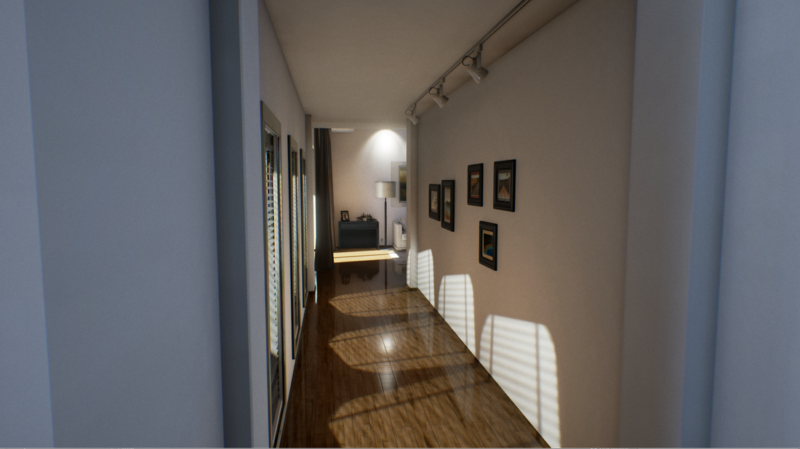
Q: How do you see Asemblance being the foundation for potential successor titles sharing the same themes or story ties?
We learned a lot about launching a title, the kind of player we actually resonated with versus the kind that left the game unfulfilled or confused. We are definitely going to aim to improve the experience for casual gamers in the next release. Since our goal for Asemblance is to turn it into an anthology-based series like Black Mirror or The Twilight Zone, there is no dependence on Episode 1 for future releases. We are just in production on Episode 2 and some of it is teased in Episode 1. It’s a spiritual successor, with some of the same features and designs, but we are always looking to push ourselves to enhance the experience anyway we think fits and can afford. Episode 2 will be focused on a more conclusive base story to resonate better for casual gamers but still be rife with open questions and puzzles only engaging in the endgame can answer. As far as we can see, that is the model we hope to follow for as long as we can, or as long as players will allow us.
Q: How has the fan reception to Asemblance informed your ideas for future games that may also require crowd puzzle solving?
It’s definitely inspired us. The way an online community can form to help each other solve these puzzles is something very unique to games right now, and we are excited to see how much more we can do to engage them to act together.
This interview has left CJ and I buzzing for days with the knowledge that Asemblance Episode 2 is in production, and that many of our personal theories weren’t far off the mark. I gave Asemblance Episode 1 a 9/10 rating in July, and I am still as excited today to hop into the first episode in my spare time just to see if I missed any little clues. It is an incredibly well-made game for players who want to have their own brain tugged apart by gnawing questions. It if a love song to the unseen, to the fear we imagine when we cannot find answers, and to the tinkerer in all of us who seek answers in each other to illuminate the darkness.

 DestinyLeah
DestinyLeah